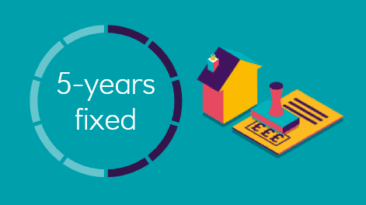When you take out a mortgage to purchase a home, you enter into a financial agreement with a lender to borrow money to buy the property. In return, you make regular payments, known as mortgage payments, to repay the loan over time.
Components of Mortgage Payments
Mortgage payments typically consist of four main components:
- Principal: This is the amount you initially borrowed to buy the home. Each mortgage payment you make contributes to reducing the outstanding principal balance.
- Interest: Lenders charge interest on the loan as compensation for lending you the money. The interest rate is expressed as an annual percentage and is applied to the remaining principal balance.
- Taxes: In many cases, lenders collect property taxes along with your mortgage payments and hold them in an escrow account. When taxes are due, the lender pays them on your behalf.
- Insurance: Mortgage insurance may be required, especially if you made a down payment of less than 20% of the home’s purchase price. This insurance protects the lender in case you default on the loan.
Types of Mortgage Payments
There are different types of mortgage payment structures to choose from, depending on your financial situation and preferences:
1. Fixed-Rate Mortgage Payments
With a fixed-rate mortgage, your interest rate remains constant for the entire loan term, typically 15 or 30 years. This means your monthly mortgage payments stay the same, providing predictability and stability.
2. Adjustable-Rate Mortgage Payments (ARM)
As discussed in the previous article, an ARM features an initial fixed-rate period, followed by adjustable periods where the interest rate fluctuates based on market conditions.
3. Interest-Only Mortgage Payments
With an interest-only mortgage, you have the option to pay only the interest for a set period, usually the first few years of the loan. After that, your payments will include both principal and interest.
4. Bi-Weekly Mortgage Payments
In a bi-weekly payment plan, you make half of your regular monthly payment every two weeks. This results in 26 half-payments per year, which is equivalent to 13 full payments. By making bi-weekly payments, you can pay off your mortgage faster and save on interest.
How to Calculate Mortgage Payments
To calculate your mortgage payments, you can use a mortgage calculator or the following formula:
M = P [ r(1 + r)^n ] / [ (1 + r)^n – 1 ]
Where:
- M is the monthly mortgage payment.
- P is the principal amount.
- r is the monthly interest rate (annual rate divided by 12).
- n is the total number of monthly payments (loan term in years multiplied by 12).
Paying Extra Towards the Mortgage
Many homeowners choose to make extra payments towards their mortgage to pay it off faster and save on interest costs. There are two common methods for doing this:
- One-time Lump Sum Payment: You can make a single large payment towards the principal, reducing the outstanding balance and saving on interest.
- Increased Monthly Payments: You can choose to pay more than the required monthly amount. Even a small increase in your regular payment can make a significant difference over the life of the loan.
Conclusion
Understanding mortgage payments is crucial for any homeowner. It allows you to manage your finances effectively and make informed decisions about your loan. Whether you opt for a fixed-rate mortgage or an adjustable-rate mortgage, the key is to choose a payment structure that aligns with your financial goals and allows you to achieve homeownership with confidence.





Add comment